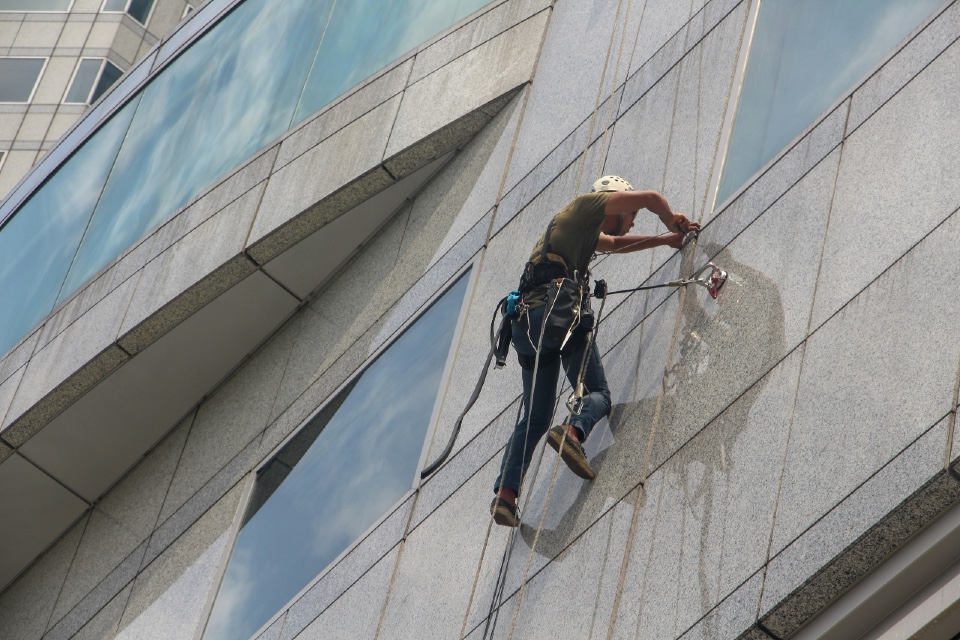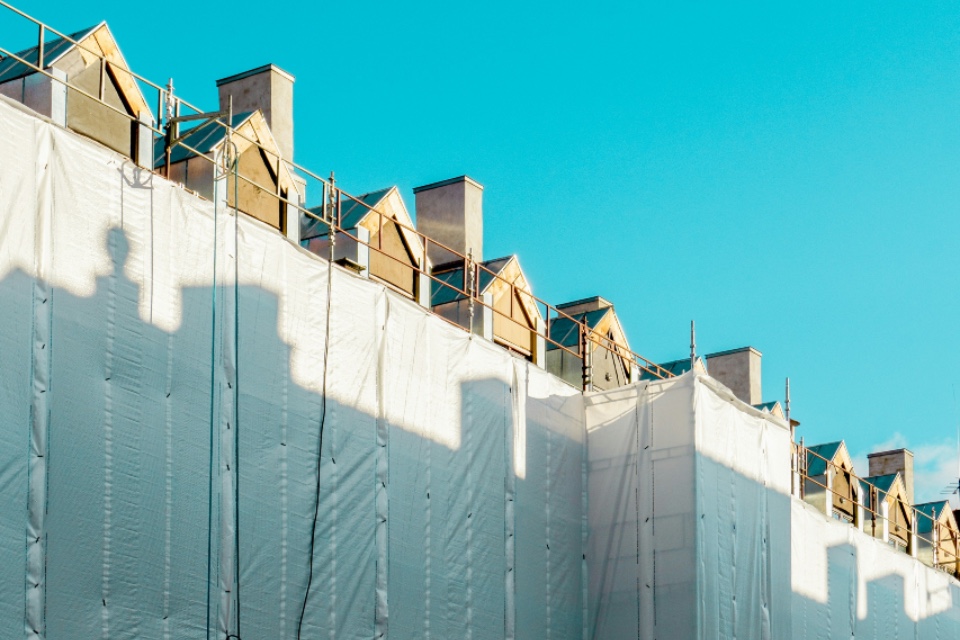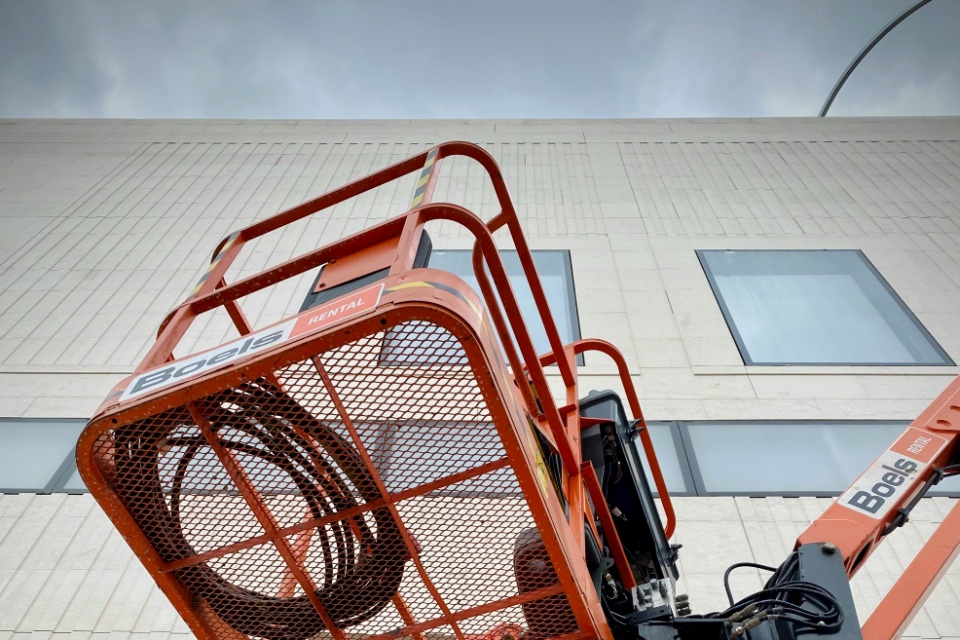For the majority of people, the start of the new year is filled with hope and positivity. However, for those unfortunate British businesses at risk of water leaks, the early months of the year can often be filled with anxiety and dread.
The wettest months in the UK tend to be at the start and end of the year with highs of 213mm of rain, meaning business owners are often affected by leaks on a much larger scale. These leaks can be caused by anything from gaps in a roof, a faulty faucet, blocked drains, worn seals or even faulty appliances. What’s worse, small leaks can often occur in hidden places and can go unnoticed by manual searches, causing extensive damage before the leak is even realised.
Chris Potts, Marketing Director at ANT Telecom, believes that neglecting to address leaks promptly can lead to severe repercussions and can cause structural damage to the premises with wood rotting, metal structures corroding as well as damaging building materials like drywall and insulation. He advises how businesses can protect themselves against the risks of water damage, particularly during the wetter months of the year...
Reduce the risk of leaks
It’s estimated that businesses in the UK spend more than £730 million a year to repair damage caused by water. So, having an early warning when leaks occur could be crucial to saving businesses money and preventing major damage and disruption.
There are a few ways to combat leaks. The first is to regularly inspect vulnerable areas like roofs, pipes, and appliances for signs of wear and keep drains and gutters clear to prevent blockages. Additionally, maintaining building infrastructure, installing water pressure regulators, and training staff to identify early signs of leaks for a proactive approach to minimising risks of leaks. However, these suggestions aren’t 100% reliable and do come at a cost, not to mention the time commitment it requires from employees.
Because small leaks often occur in hidden areas and can go unnoticed, they can cause extensive damage before they are discovered. And, even if staff are checking specific areas manually, a business is still in danger of missing damage caused in difficult-to-spot areas – which can significantly harm operations. This is why it’s recommended to implement a leak detection system to provide a more reliable, cost-effective solution that continuously monitors high-risk areas 24/7, instantly alerting businesses to potential issues from the get go.
How does a leak detection system work?
Leak detection systems use wireless sensors with conductive cable attached to monitor leaks to equipment or a specific area. When water hits the cable, it is detected by the sensor, and an online monitoring portal is updated, automatically alerting a business’s response team by phone, SMS, or email. The alert message details which sensor triggered the alert and by reviewing a site map in the portal, the responders can see the sensor and the location of the leak. If required, the solution can also automatically turn water valves off to ensure no further damage is sustained while the team attends to and assesses the situation.
The conductive cable can come in different forms and lengths depending on the application. For instance, to detect leaks in a roof, a wire mesh material that spreads out on the floor to cover a section directly underneath the roof space can be used. Similarly, to detect the presence of water in a particular area of a room, a cable that runs around the perimeter, close to the appliance or in an electrical riser can be used to detect any unwanted water.
The sensors are wireless, making them easy to install, all of which helps to keep the costs down as they don’t need expensive energy or network cabling for power or connectivity. These sensors are low-powered, which means batteries last a long time, approximately 2-3 years and can transmit data to an online portal via a 4G gateway. The long-range capabilities of the sensors makes it possible to cover large areas with a small number of gateways and monitor areas where there is no access to 4G, WIFI or the corporate network.
Saving staffs’ time
A big part of any leak monitoring solution is ensuring alarms are dealt with and managed effectively. By installing a leak detection system, businesses don’t need someone sitting idly monitoring a screen and manually distributing alerts to a response team. This can all be done automatically. Businesses that incorporate this system will have access to a secure online portal, which can be accessed through any web browser on a PC, laptop, or smartphone. This means registered users can monitor live sensor statuses via a comprehensive site map, instantly identifying active (water detected) or non-active (no water detected) sensors. Additionally, detailed charts and reports provide historical data, showing the frequency and location of detected leaks over time. All of this essentially means that staff can spend their time focusing on other more pressing tasks through the day.
Not only this, businesses can save time by deciding which member(s) receives which alarm and how they get it. All alarm information is also logged and timestamped on the system, detailing when the team acknowledged and closed them. This makes it possible to review how alarms are handled and where improvements can be made. It’s also recommended to choose a provider that can easily expand the solution, and other sensors, such as temperature, CO2, energy, power, vibration, sound, light, etc. By doing so, business can collect data and remotely monitor the condition its environments, equipment and appliances all from one single application.
Conclusion
In the spirit of “New Year, New Me,” businesses are encouraged not to let water damage disrupt operations or lead to unnecessary expenses in 2025. For teams that spend time checking for water damage, worry during heavy rainfall, or wonder about the potential impact of leaks—especially when water penetrates critical areas like electrical risers—there is a solution. A leak detection system can help save time on manual monitoring and reduce risks to facilities and contents by delivering instant alerts.
Photo by Vishal Banik on Unsplash







